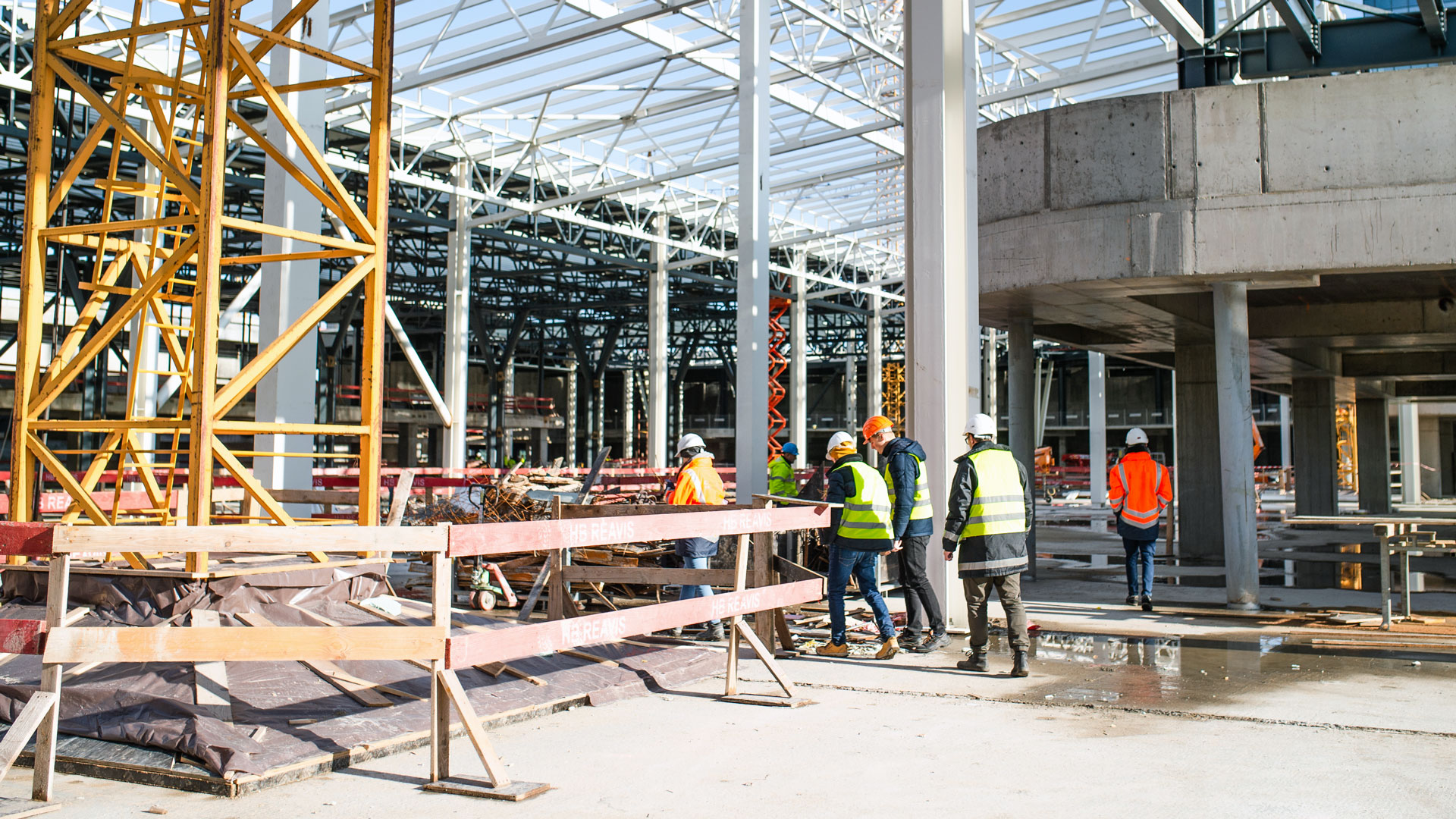Bluebeam, a top technology provider for AEC professionals, has just released its “Building the Future: Bluebeam AEC Technology Outlook 2025” report. This report highlights key global trends in construction technology, including the role of AI and digital tools. Based on insights from over 400 AEC technology leaders, the report also uncovers challenges that prevent full-scale adoption of these tools.
The online research surveyed technology decision-makers (managers or above) within AEC firms in the US, UK, Canada, France, Spain, Germany, Australia, and New Zealand in July 2024.
AI’s Growing Role in Construction
According to the report, 74% of surveyed AEC professionals are now using AI in one or more phases of building projects. AI is especially popular in the design (48%) and planning (42%) stages. Many AEC firms recognize its value: over half (55%) of companies using AI say it’s crucial, and most now allocate up to 25% of their budgets to AI initiatives. Despite this support, concerns over AI regulation are significant. About 54% of respondents are worried about regulations, and 44% say this impacts their use of AI.
Despite these challenges, AI investments are set to grow. A significant 84% of companies expect to increase their spending on AI in the next five years. While regulatory concerns remain, the benefits of AI in optimizing processes are driving firms to invest further.
The report also shows that digital tools are widely used in AEC, especially during the construction (77%), design (77%), and planning (74%) stages. Building Information Modeling (BIM) leads in popularity, with 69% of firms using it, followed by Computer-Aided Design (CAD) (54%) and project management software (53%). Digital tools not only improve project planning but also deliver financial benefits. Over a third (35%) of companies report cost savings between $100,000 and $500,000 by using these tools. This trend underscores the financial advantage of technology adoption in AEC.
Barriers to Digitization
Despite the benefits, barriers remain. Many AEC firms struggle with a shortage of technology skills. A significant 32% of respondents cite lack of training as a top obstacle to digital adoption. Integration challenges (27%) and technical issues (26%) also hinder the shift to digital.
These obstacles mean paper is still in use. Nearly three-quarters (72%) of respondents report using physical documents in one or more project phases. Among firms that rely on paper, almost half (46%) say the need for physical signatures or approvals is a main reason. Bluebeam CEO Usman Shuja believes that as AI and digital processes become more common, paper use will decline. This shift would support cost efficiency and sustainability.
Sustainability Goals Impacted by Limited Digitization
Sustainability remains a challenge. Although the sector acknowledges its importance, only half of the respondents say their company’s sustainability efforts are successful. Additionally, most firms allocate less than 25% of their budgets to sustainability, with only 27% dedicating more. However, 50% of respondents expect to increase sustainability budgets next year. This shift suggests an increased focus on sustainable practices in 2025.
Looking Forward
The “Building the Future” report highlights both the promise and challenges of tech transformation in AEC. Bluebeam’s findings show the need for collaboration between educators, tech providers, and industry leaders to close the technology skills gap. As Shuja emphasizes, bridging this gap is essential for leveraging AI and digital tools effectively to drive efficiency, sustainability, and cost savings.
The full report, available for download, offers valuable insights into the AEC industry’s technology landscape in 2025. It’s recommended reading for anyone focused on the future of construction innovation.
View the original article and our Inspiration here


Leave a Reply